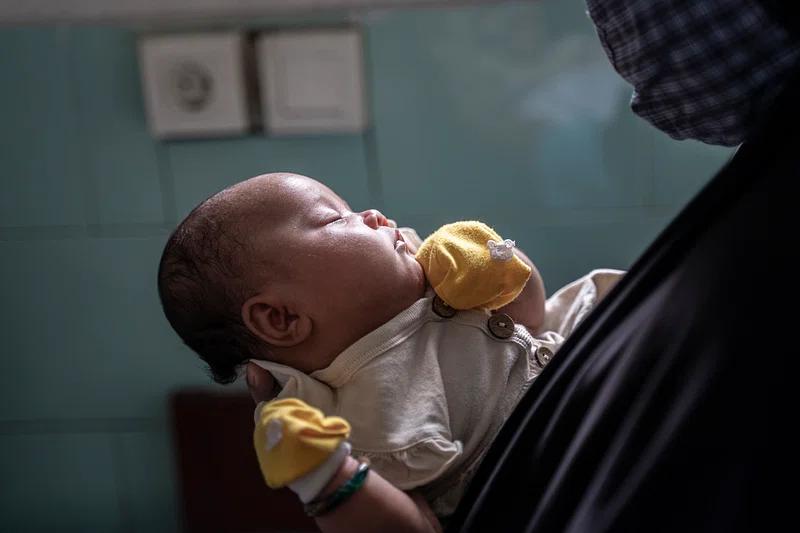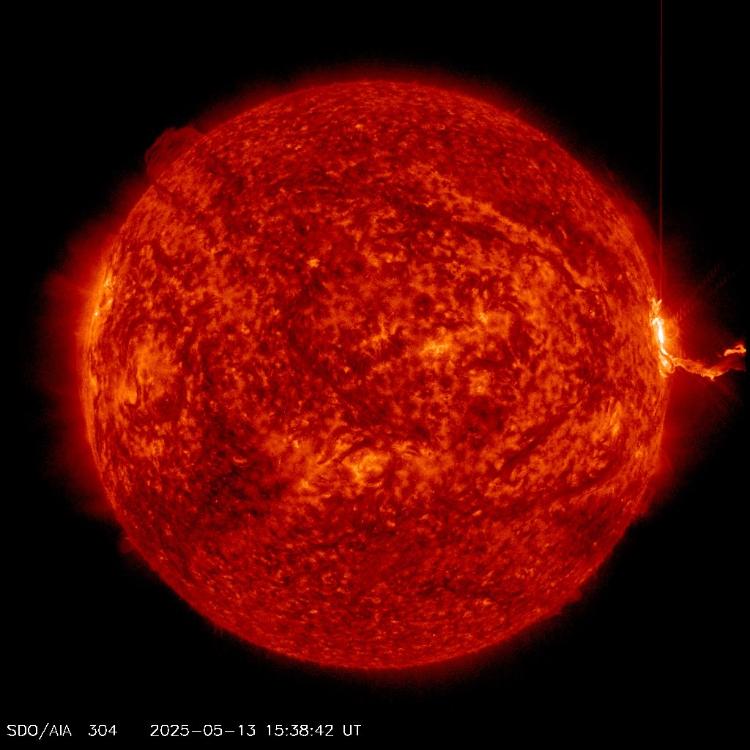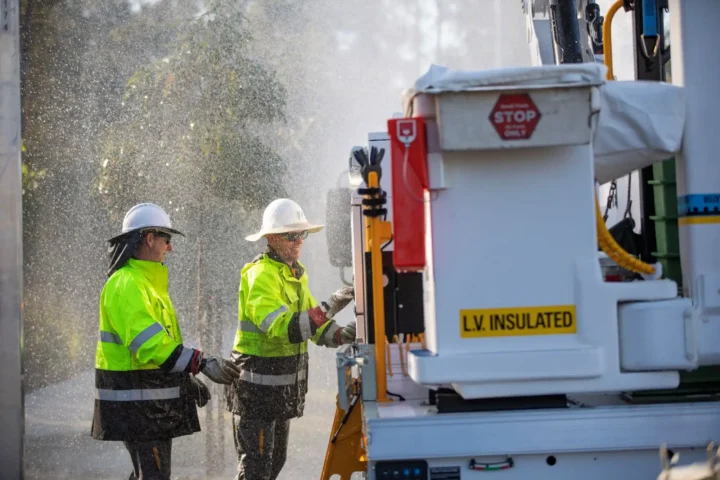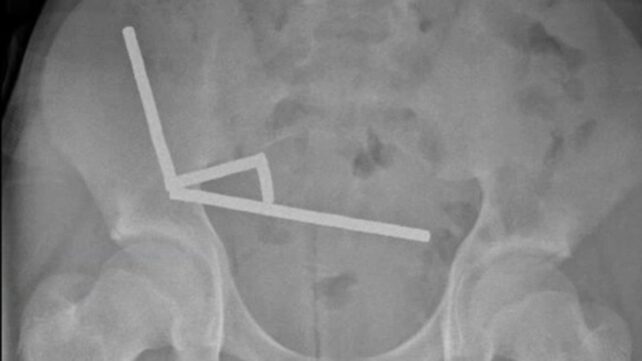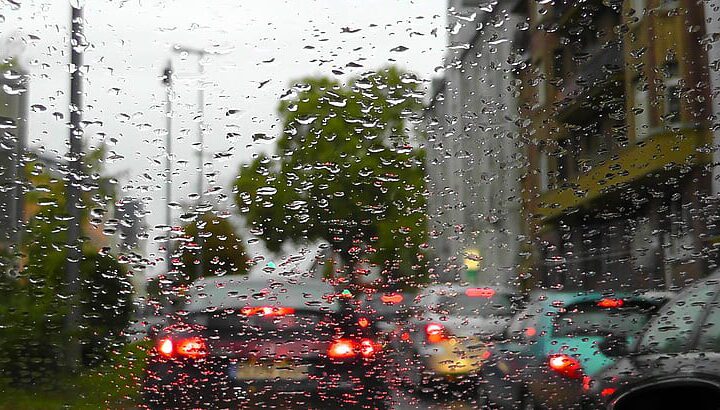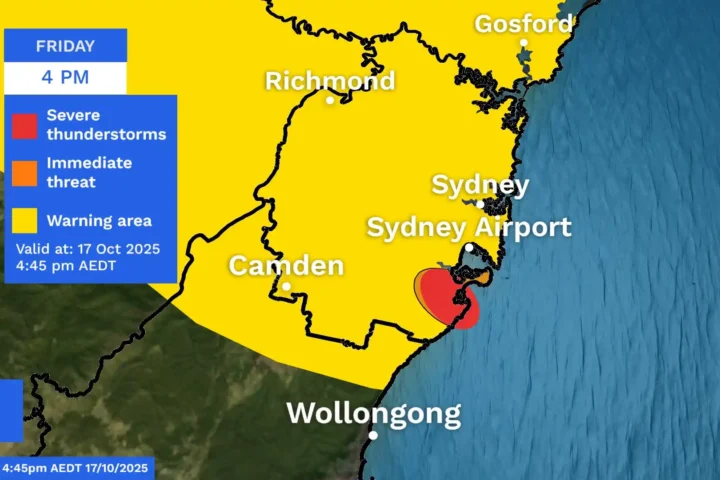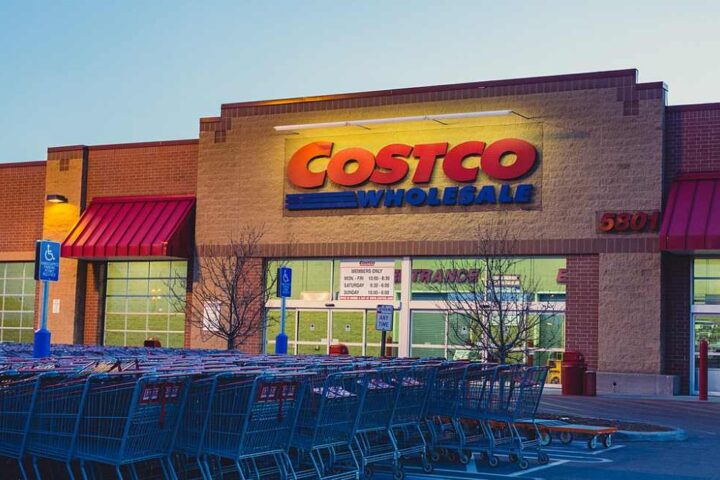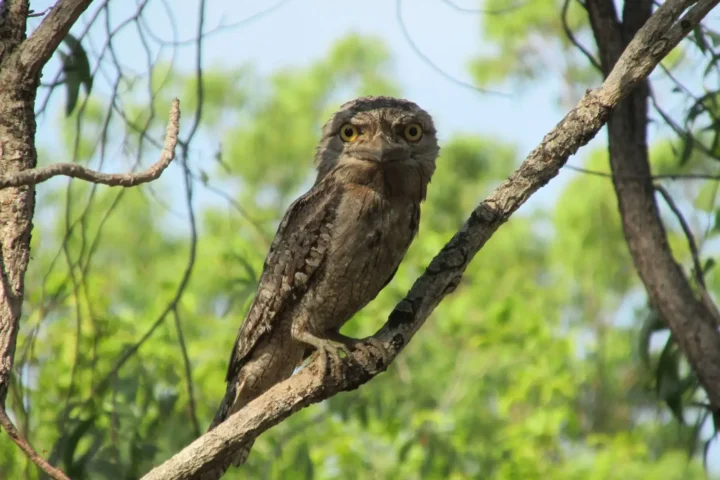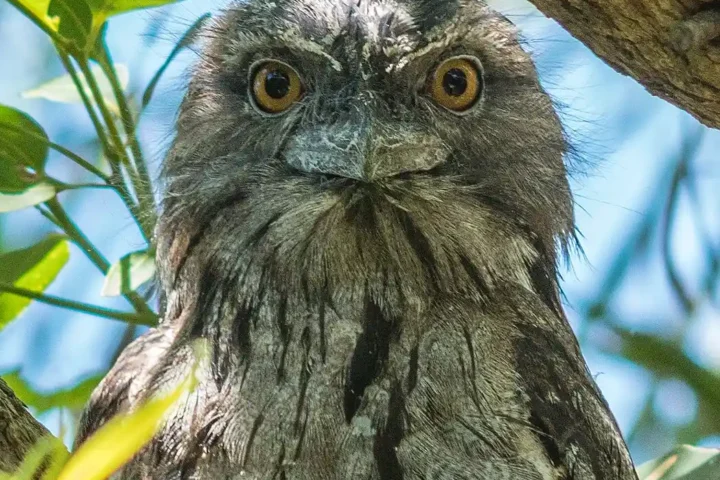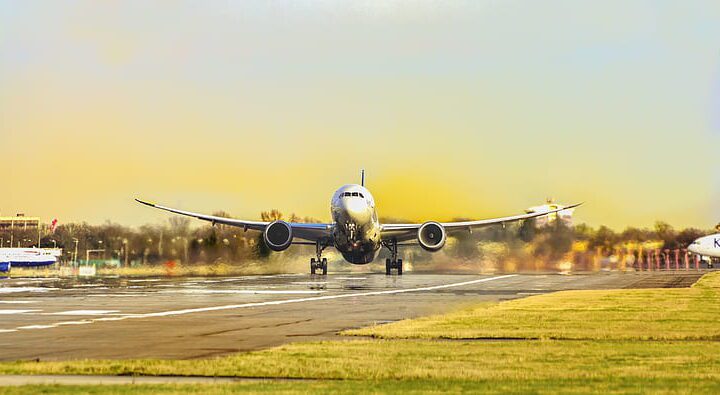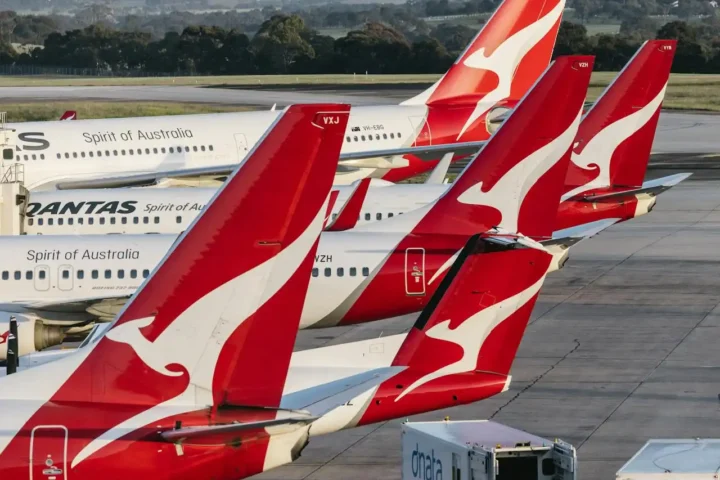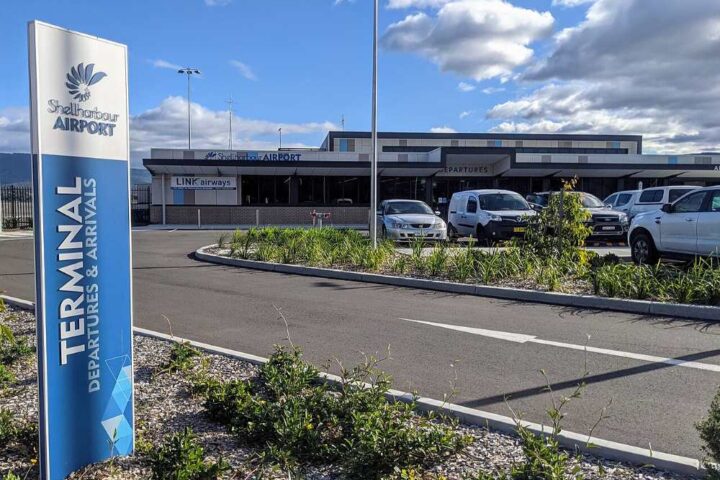The numbers paint a clear picture – Australia has already seen 72 measles cases in 2025, surpassing the 57 total cases recorded in 2024. Victoria leads with 27 cases, followed by NSW with 21 cases. These numbers haven’t been this high since 2019, when Australia recorded 284 cases.
“We will see further spread of disease, particularly measles,” warns Dr. Gary Grohmann, director of the Immunisation Coalition. His concern stems from a worrying trend – fewer children are getting their shots on time.
Recent data shows a steady decline in childhood vaccination rates. For one-year-olds, the rate dropped from 94.8% to 91.6% since 2020. Two-year-olds saw an even sharper fall from 92.1% to 89.4%. Five-year-olds now sit at 92.7%, down from 94.8%.
Some areas of Australia have vaccination rates as low as 75% for two-year-olds. This falls well below the 95% needed to stop measles from spreading through communities.
Dr. Rebekah Hoffman from the Royal Australian College of General Practitioners points to several reasons for the rise in measles cases. More people are traveling again, especially to regions with active measles outbreaks. Some communities have become vaccine-hesitant. Plus, some older Australians never got vaccinated because the shots weren’t available when they were young.
“It is a numbers game,” Dr. Grohmann explains. “There will be more hospitalizations. And although we have really good medical care in Australia, it could be that children will die of measles or get serious disease.”
Similar Posts
Bruce Langoulant knows firsthand what can happen without vaccination protection. His daughter Ashley, now 35, caught a preventable infection as a baby that left her with lifelong disabilities. “Ash was the unvaccinated child. We didn’t have a choice and we’re still living it 35 years later,” he shares. “She has cerebral palsy, epilepsy, and she is deaf, non-verbal and uses a wheelchair.”
Measles spreads easily through coughs and sneezes. The first signs include fever, sore eyes, runny nose, and cough. A red, blotchy rash follows three to four days later, starting on the face before spreading. It can take up to 18 days after exposure for symptoms to show.
Health experts stress that vaccination remains the best protection. The measles vaccine (MMR) is free under Australia’s National Immunisation Program, given at 12 months and 18 months of age. Parents unsure about their child’s vaccination status should check with their doctor.
A recent survey of 2,000 people revealed some common hurdles:
- One in ten found medical appointment costs too high
- Similar numbers struggled to get timely appointments
- Six in ten felt stressed about vaccinating their children

Health officials now suggest solutions like after-hours clinics and mobile vaccination services to make it easier for families to keep up with their children’s shots.
Dr. Frank Beard from the National Centre for Immunization Research and Surveillance puts it simply: “Vaccination coverage is heading in the wrong direction, and so to turn it around, we need to have a range of strategies to improve it.”
